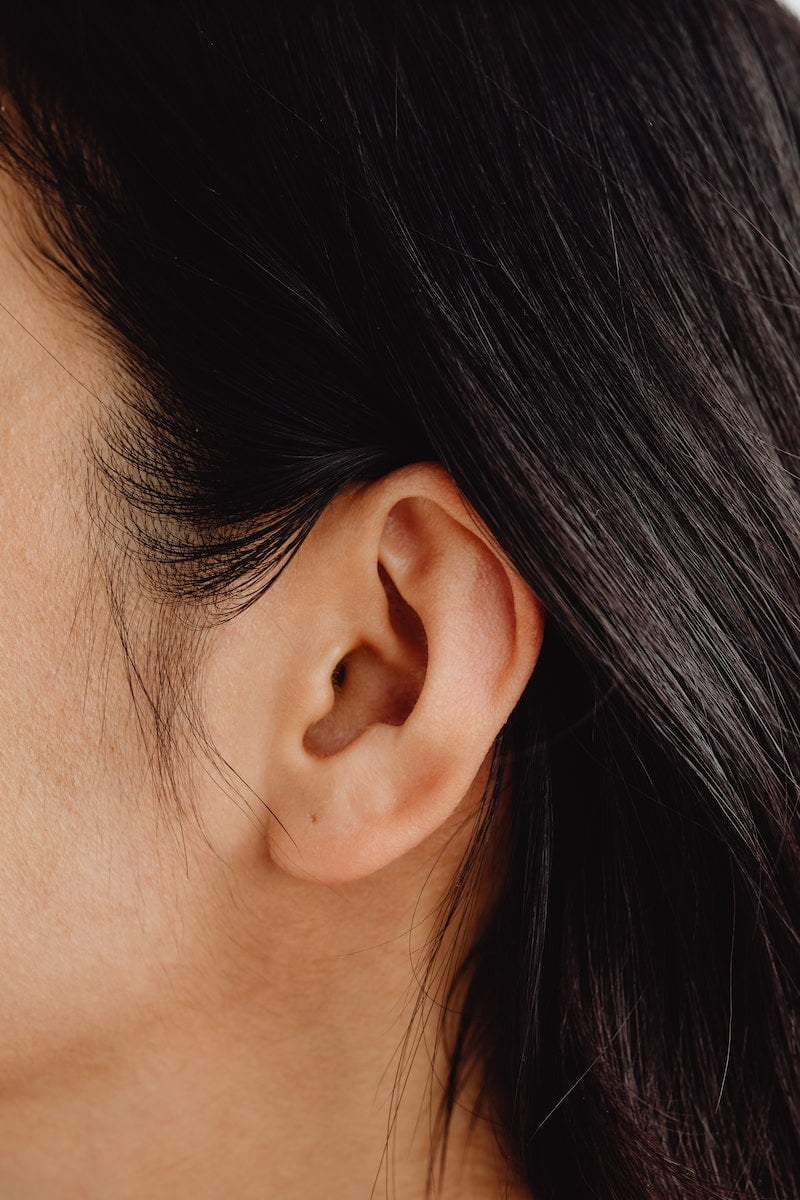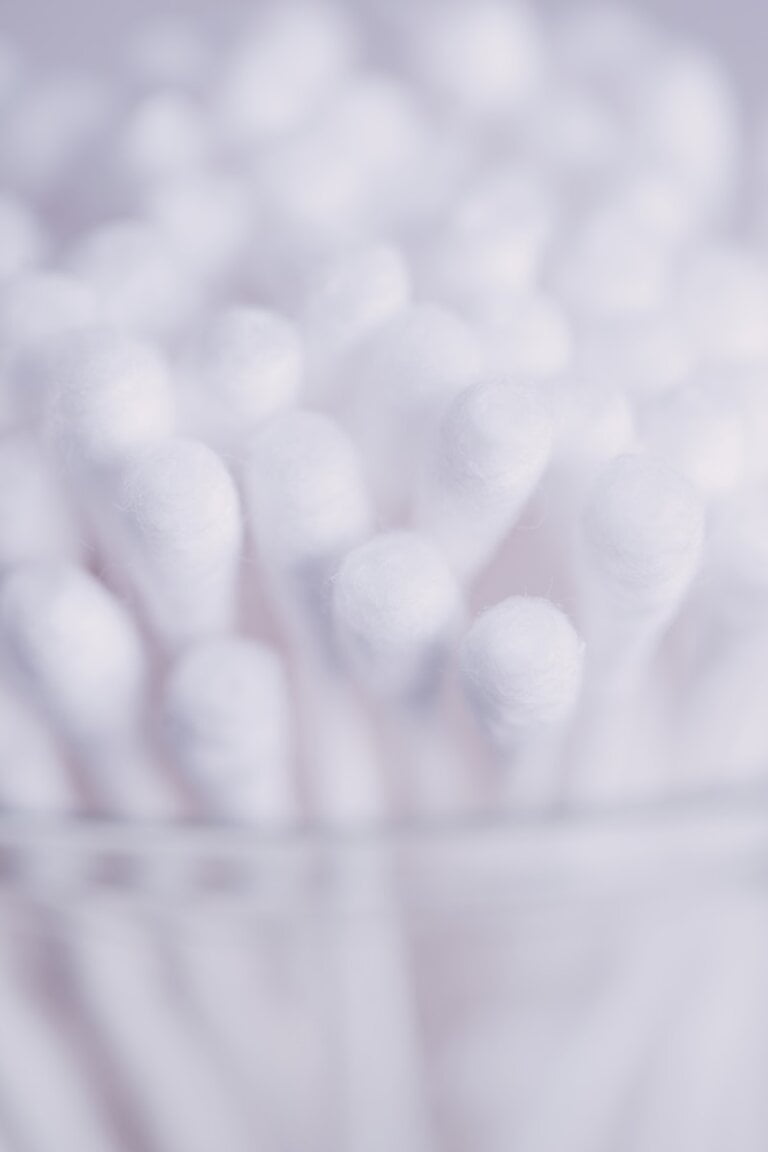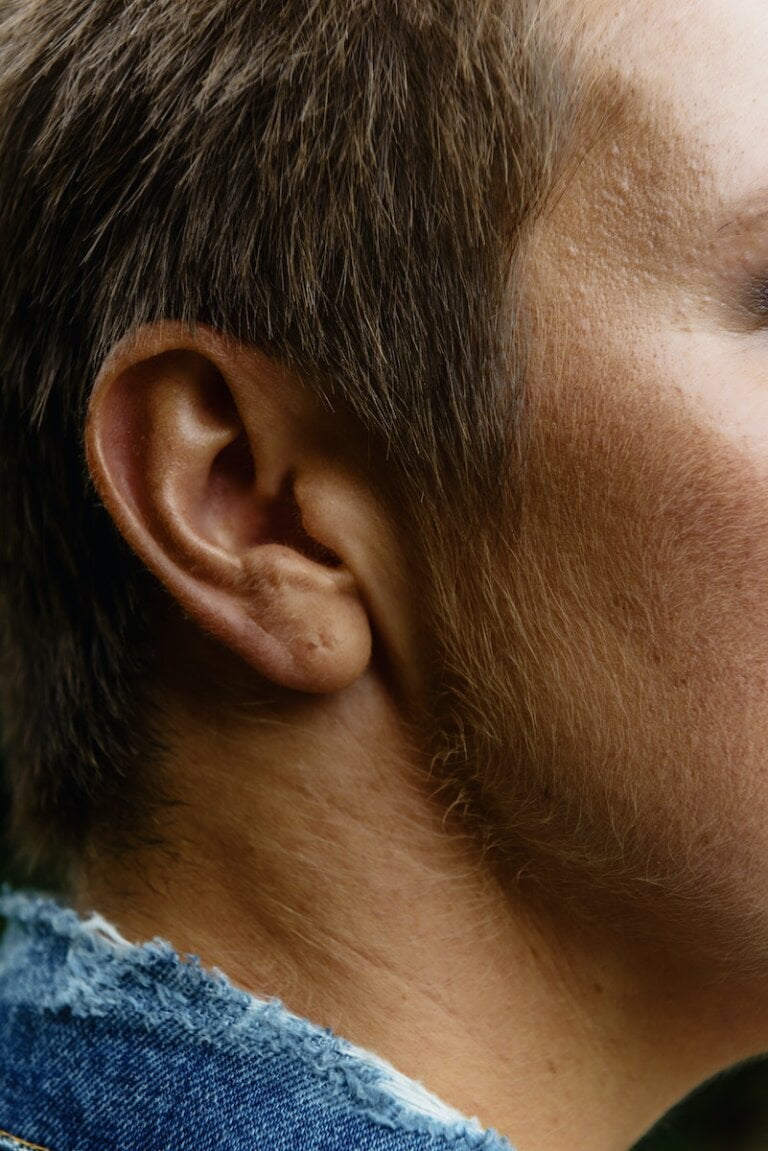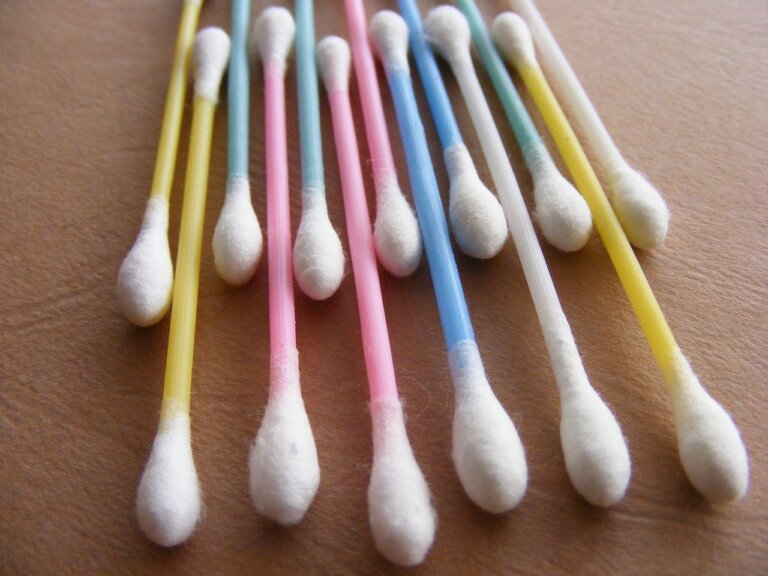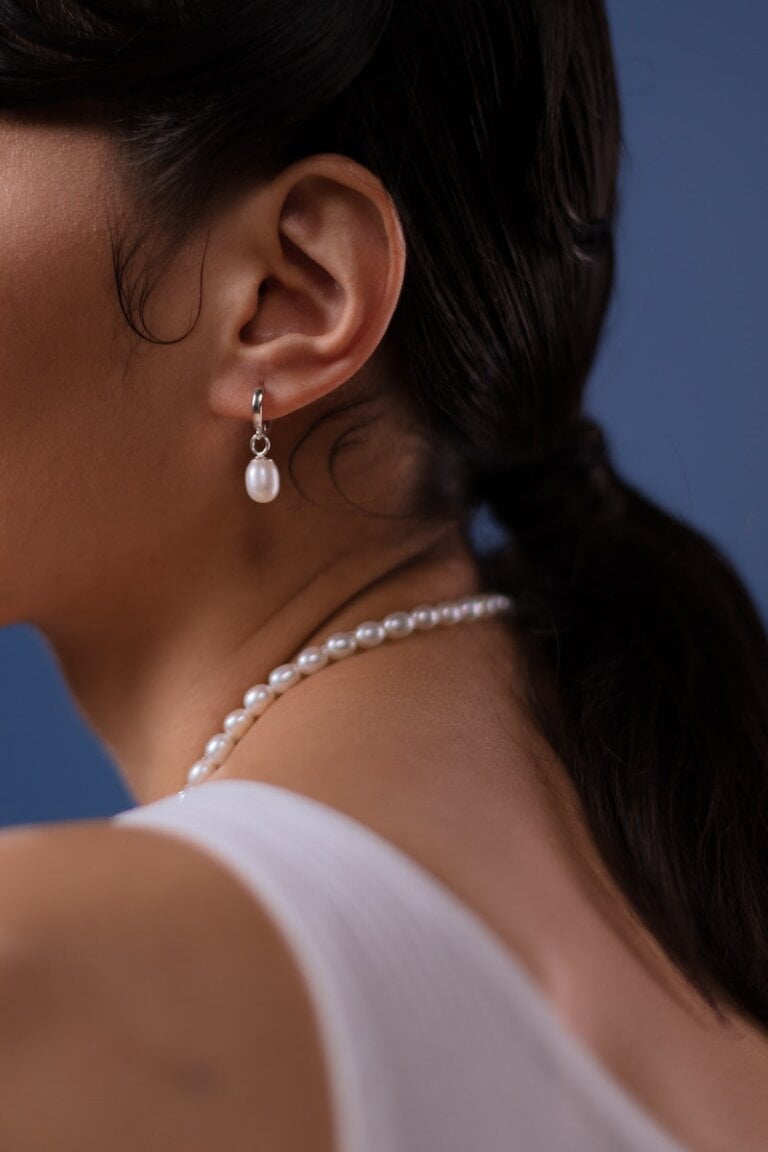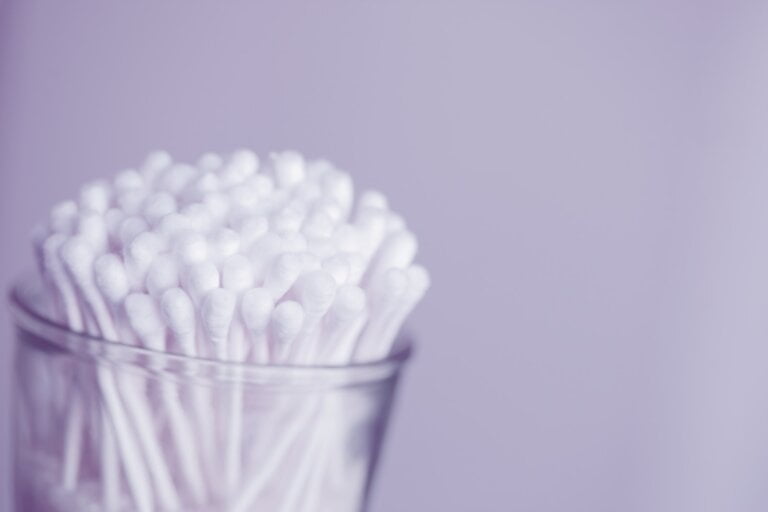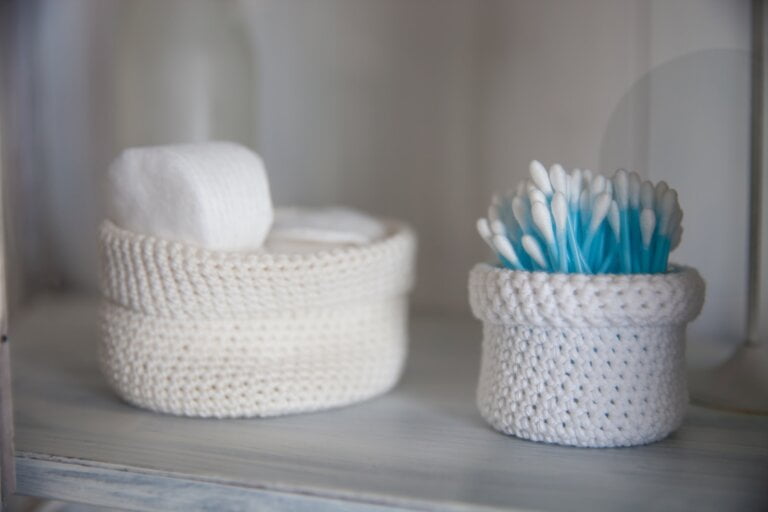The Unsung Hero: Revealing the Vital Role of Ear Wax in Ear Health
Last Updated on 25th April 2024 by Admin
Ear wax, also known as cerumen, is often overlooked and misunderstood. Many people consider it to be a nuisance, but in reality, ear wax plays a vital role in maintaining ear health. In this article, we will delve into the importance of ear wax, its functions, and how to properly care for it.
What is Ear Wax?
Ear wax is a waxy substance produced by the glands within the ear canal. It is often yellow or brown in color and has a sticky consistency. While it may seem unappealing, ear wax serves a crucial purpose in protecting and maintaining the health of our ears.
Ear wax is mainly composed of dead skin cells, hair, and secretions from the ceruminous and sebaceous glands in the ear canal. These glands produce a mixture of oils, sweat, and wax that combine to form ear wax. The composition of ear wax can vary from person to person, and factors such as age, genetics, and environment can influence its consistency and amount.
Functions of Ear Wax
1. Lubrication and Moisturization
One of the primary functions of ear wax is to lubricate the ear canal. The ear canal is lined with sensitive skin that needs to be protected and moisturized. Ear wax helps to prevent dryness, which could lead to irritation and itching. By moisturizing the delicate skin within the ear canal, ear wax acts as a natural barrier against various external factors, such as dust, debris, and pollutants.
In addition to lubrication, ear wax also helps to keep the ear canal moisturized. The sticky consistency of ear wax helps to trap moisture and prevent the ear canal from becoming too dry. This is especially important in dry climates or during activities that may cause excessive sweating, as dryness can lead to discomfort and even small cracks in the skin.
2. Defense Mechanism
Ear wax acts as a defense mechanism against foreign invaders. It traps harmful particles like dust, bacteria, and insects, preventing them from reaching the eardrum and causing potential damage or infection. This protective barrier helps to maintain a healthy environment within the ear.
The sticky nature of ear wax allows it to capture particles and prevent them from entering deeper into the ear canal. Dust and debris that enter the ear are often trapped by the ear wax, preventing them from reaching the sensitive eardrum. Bacteria and insects are also effectively trapped by ear wax, reducing the risk of infections and insect-related complications.
3. Self-Cleaning
Believe it or not, ear wax has a self-cleaning mechanism. As the jaw moves while talking or chewing, the ear wax gradually migrates from the ear canal towards the outer ear. This process helps to remove any accumulated debris or dead skin cells, keeping the ears clean and free from blockages.
The movement of the jaw helps to push the ear wax outwards, allowing it to naturally migrate out of the ear canal. This self-cleaning mechanism is important in preventing the buildup of excessive ear wax, which can lead to blockages and discomfort. It is important to note that some people may produce more ear wax than others, and factors such as age, genetics, and ear anatomy can affect the rate of self-cleaning.
4. pH Regulation
Ear wax helps to maintain the pH balance within the ear canal. It has slightly acidic properties that create an unfavorable environment for the growth of harmful bacteria and fungi. By regulating the pH level, ear wax prevents the development of infections and reduces the risk of ear discomfort.
The pH balance of the ear canal is crucial for maintaining a healthy environment. Ear wax has a natural acidity that helps to inhibit the growth of bacteria and fungi. This acidic environment is unfavorable for the survival and proliferation of harmful microorganisms. By regulating the pH level, ear wax acts as a protective barrier against infections and helps to reduce the risk of ear-related discomfort.
Proper Care for Ear Wax
While ear wax is essential for ear health, it is crucial to maintain a balance. Excessive or impacted ear wax can lead to various issues, including hearing loss, earaches, tinnitus, and even vertigo. Here are some tips for proper ear wax care:
1. Avoid Over-Cleaning
Many people have a tendency to over-clean their ears, using cotton swabs or other instruments to remove ear wax. However, this practice can push the wax further into the ear canal, causing blockages. It is best to let the ear wax naturally migrate out of the ear canal.
Over-cleaning the ears can disrupt the natural self-cleaning mechanism of ear wax. Inserting cotton swabs or other objects into the ear canal can push the wax deeper and cause it to become impacted. This can lead to blockages and potentially more serious complications. It is important to resist the urge to clean the ears excessively and allow the ear wax to follow its natural course of migration.
2. Cleaning the Outer Ear
To maintain proper hygiene, it is important to clean the outer ear regularly. Use a damp cloth to gently wipe the outer portion of the ear, being careful not to insert anything into the ear canal. This simple practice can help prevent the accumulation of excess wax.
Cleaning the outer ear is a safe and effective way to maintain hygiene and prevent the buildup of excessive ear wax. Use a clean, damp cloth to gently wipe the outer part of the ear, including the folds and crevices. Avoid using cotton swabs or any other objects that can push the wax further into the ear canal. Remember to be gentle and avoid applying too much pressure, as the skin in the ear area is delicate.
3. Seek Professional Help
If you experience symptoms such as earache, reduced hearing, or a feeling of fullness in the ear, it is advisable to seek professional help. An audiologist or an ear, nose, and throat specialist can safely remove any excessive or impacted ear wax using specialized tools and techniques.
In some cases, excessive or impacted ear wax may require professional intervention. If you are experiencing symptoms that suggest an accumulation of ear wax, it is important to consult a healthcare professional. An audiologist or an ear, nose, and throat specialist can assess your condition and safely remove the excess ear wax using appropriate instruments and techniques. They have the expertise to ensure the proper removal of ear wax without causing harm to the ear canal or eardrum.
4. Avoid Inserting Foreign Objects
Under no circumstances should you insert foreign objects into your ears to remove ear wax. This includes cotton swabs, bobby pins, or any other sharp or pointed objects. These can cause injury, push the wax deeper into the ear canal, and potentially damage the eardrum.
It is essential to avoid inserting any foreign objects into the ears. Cotton swabs, bobby pins, and other similar items can cause harm and lead to complications. When inserted into the ear canal, they can push the ear wax deeper, potentially causing blockages and damage to the delicate structures of the ear. Always remember that the ear has its own natural cleaning mechanism, and interfering with it can do more harm than good.
Conclusion
Ear wax may be an unsung hero, but its importance in maintaining ear health should not be underestimated. From lubrication and defense against foreign invaders to self-cleaning and pH regulation, ear wax plays a vital role in keeping our ears healthy and functioning properly.
Remember, proper care for ear wax involves avoiding excessive cleaning, cleaning the outer ear regularly, seeking professional help when necessary, and refraining from inserting foreign objects into the ear canal. By understanding and respecting the role of ear wax, we can ensure optimal ear health and prevent potential complications.
FAQ
-
What is ear wax?
Ear wax, also known as cerumen, is a waxy substance produced by the glands within the ear canal. It serves to protect and maintain the health of our ears.
-
What are the functions of ear wax?
The functions of ear wax include lubricating and moisturizing the ear canal, acting as a defense mechanism against foreign invaders, self-cleaning the ears, and regulating the pH balance within the ear canal.
-
How should I properly care for ear wax?
To properly care for ear wax, it is important to avoid over-cleaning, clean the outer ear regularly with a damp cloth, seek professional help if experiencing symptoms, and avoid inserting foreign objects into the ears.
-
Why should I avoid inserting foreign objects into my ears to remove ear wax?
Inserting foreign objects into the ears, such as cotton swabs or bobby pins, can cause injury, push the wax deeper into the ear canal, and potentially damage the eardrum. It is best to let the ear wax naturally migrate out of the ear canal.

